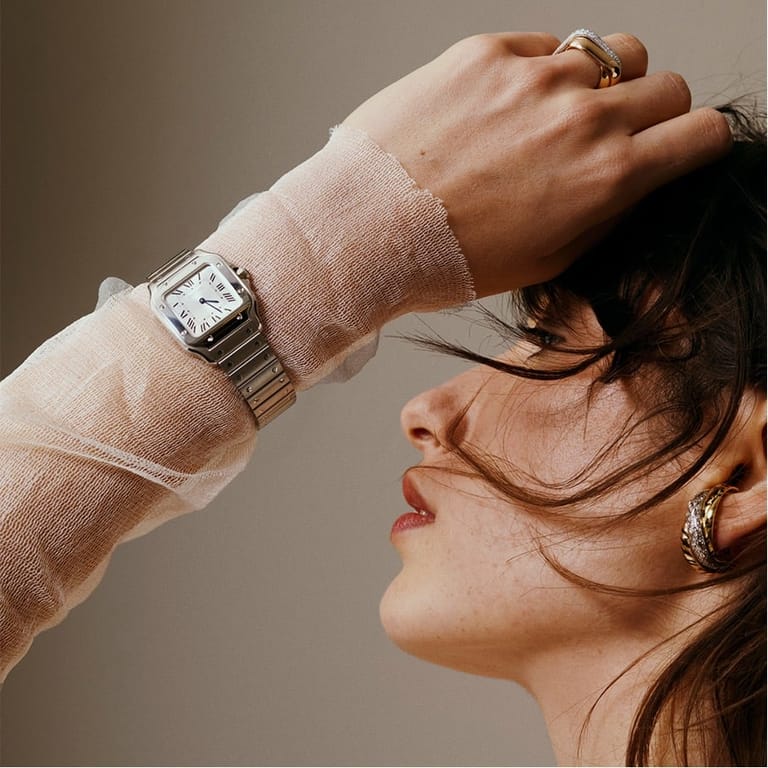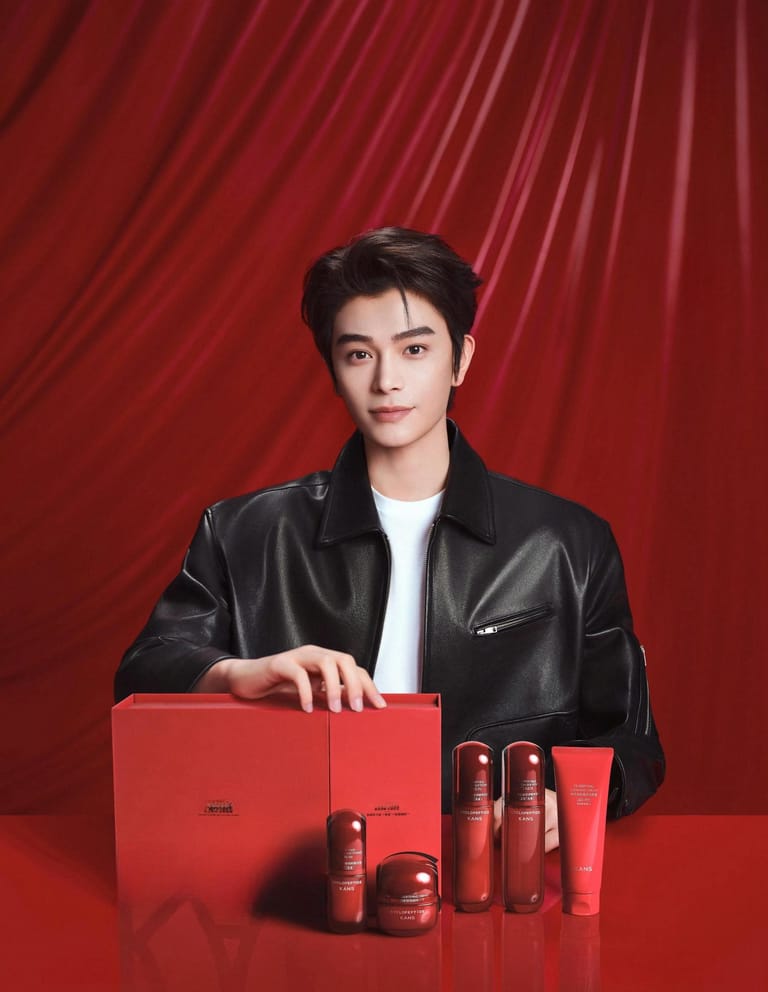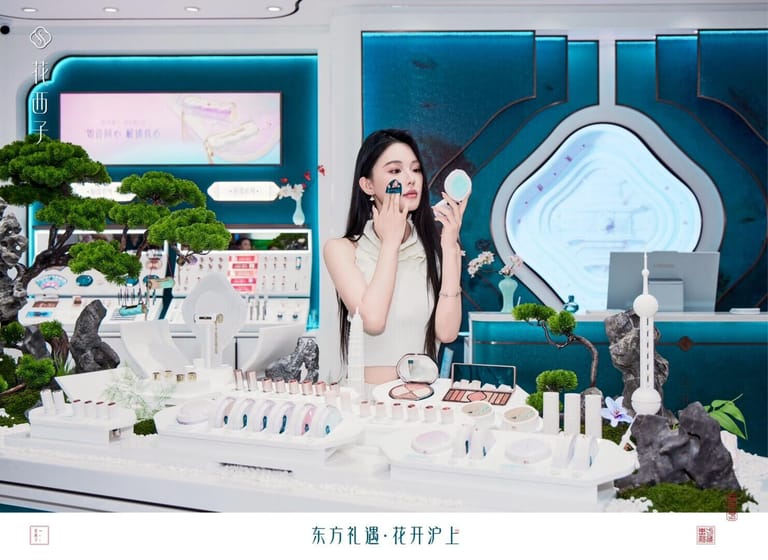Can the Fashion Industry Balance Growth and Sustainability in 2025?
By
Jingyi Li

Published on
March 18, 2025

Clouds of uncertainty are hovering over a global economy edging toward a measured recovery in 2025. Inflation has strained purchasing power, and geopolitical conflicts continue to exacerbate supply chain disruptions and energy price volatility, further amplifying market unpredictability.
Luxury brands, in particular, are grappling with the dual pressures of shrinking profit margins and escalating costs. Many have been forced to implement cost-cutting measures, including layoffs, store closures, and budget reductions. The specter of survival looms large over the industry.
Compounding economic challenges is an increasingly severe climate crisis. From record-breaking heatwaves in major cities to devastating floods in rural areas, the consequences of environmental degradation are becoming palpable.
However, it isn’t all doom and gloom for businesses and the economy. While disruptions to stability are concerning, they are also transforming consumer values and buying habits.
Gen Z and millennial consumers, in particular, are holding brands to higher standards of social responsibility and environmental commitment. Terms such as “green consumption” and “sustainable fashion” have surged in popularity across social media, underscoring a broader shift in market expectations.
For businesses, this presents a paradox: While financial constraints demand budget cuts, heightened scrutiny means sustainability can no longer be relegated to aspirational corporate messaging—it has become an unavoidable business reality. The question remains: Should companies prioritize short-term survival by scaling back environmental initiatives or commit to long-term change, betting on sustainability as a strategic advantage?
Do Consumers Prioritize Affordability or Sustainability?
If sustainability was once a marketing buzzword, it has now become a decisive factor in purchasing decisions. “Consumers, especially Gen Z, are integrating sustainability into their buying habits,” notes Chang Yuan, Vice President of Supply Chain at Nike China. “They are not just looking at design and functionality but also evaluating brands based on their environmental and social impact.”
At the same time, consumers have grown more discerning. Andrea Rosso, Sustainability Ambassador at OTB Group and Diesel, observes: “Younger generations are no longer taking corporate sustainability claims at face value. They expect concrete actions.” This shift has driven brands to strengthen their commitments to transparency, accountability, and innovation.
Nike and Diesel are among those responding with tangible initiatives. Nike, a global leader in sportswear, opened its first carbon-neutral store in China earlier this year, earning recognition as a “Sustainability Pioneer.” Diesel, meanwhile, received the Ellen MacArthur Foundation’s Circular Economy Award for its Diesel Rehab Denim and Diesel Second Hand projects, as well as its collaboration with the United Nations Industrial Development Organization.
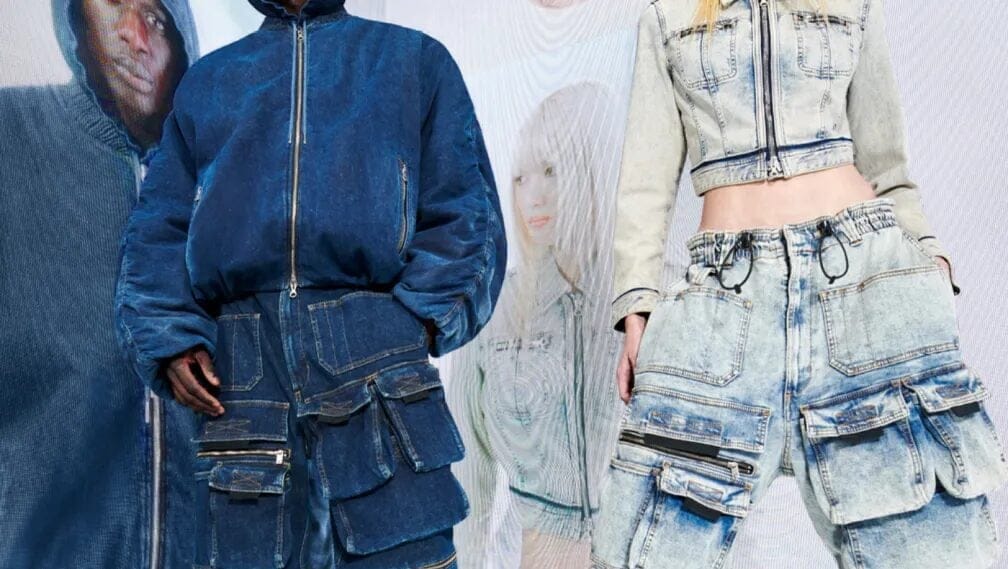
However, sustainability is not immune to broader economic headwinds. With global consumer spending under pressure, price sensitivity is on the rise. According to NielsenIQ’s “Path to 2025: Global Consumer Outlook”report, discount product sales contributed $6.11 billion in incremental revenue last year, with discount retail channels growing by 8.2 percent globally.
This reality is reshaping the fashion industry’s fundamentals: consumers will only pay for sustainable products if performance, quality, and design justify the price. The so-called “green premium” is being eroded as sustainability becomes an expectation rather than a luxury.
“While spending power may be tightening, this doesn’t equate to a decline in consumption quality,” notes Uniqlo. “Today’s consumers prioritize value and necessity, making choices with greater rationality.” This evolution signals a shift from conspicuous consumption toward a more practical, longevity-driven mindset that aligns with Uniqlo’s philosophy of sustainable, high-quality essentials.
To extend product lifecycles, Uniqlo has launched RE.UNIQLO, an initiative that repurposes and repairs pre-owned garments, giving old clothes a second life.
Nonetheless, Du Yijia, founder of sustainable innovation platform On the RISE, acknowledges the enduring appeal of fast fashion, even among environmentally conscious consumers. “This preference isn’t just about price; it reflects the lingering influence of consumerist tendencies like self-indulgence and instant gratification.”
That said, she notes a growing acceptance of secondhand fashion and innovative materials. But in the realm of sustainable fashion marketing, the sway of celebrities, influencers, and fashion bloggers is diminishing. Consumers increasingly rely on independent certifications and data-backed assessments to guide purchasing decisions.
Bridging the Gap: Mindset and Market Supply
Despite rising awareness, barriers to mainstream sustainable consumption remain. Cui Dan, founder of sustainable fashion platform canU, highlights two key challenges: first, a lack of “sustainability mindset” among both consumers and industry players; and second, a supply-demand mismatch, with sustainable product offerings failing to meet evolving consumer needs. “The pricing structure for sustainable goods has yet to fully take shape. In a climate of rational consumption, consumers tend to prioritize cost-effectiveness,” Cui explains. “However, as values mature, the market will inevitably align with demand.”
Yidi Chen, founder of biomaterials innovator MATTTER, emphasizes that sustainability should not come at the expense of functionality, aesthetics, or affordability. “Consumers shouldn’t have to compromise product quality for sustainability,” she argues. Her company is working to drive down costs through cross-industry collaboration and resource integration.
Beyond pricing and design, a deeper obstacle persists: a fundamental shift in mindset. “The biggest challenge is changing the way all stakeholders think,” Rosso notes. “From executives to factory workers, everyone must recognize sustainability’s long-term value. Externally, brands need to educate consumers, helping them understand the impact of their purchasing choices. That’s why education is a key pillar of our sustainability strategy.”
To that end, Diesel has launched “Behind the Denim,” a documentary series detailing the entire lifecycle of denim, aimed at fostering awareness among both consumers and employees. “A more responsible supply chain requires moving beyond the wasteful practices of the past. It also means forging closer partnerships with suppliers from the outset,” Rosso adds.
Meanwhile, Chinese brands are actively driving sustainability education within the industry. Anta, for instance, opened its first carbon-neutral concept store, ANTA ZERO, to showcase its end-to-end decarbonization efforts. Emerging local designer Hanqing Ding has developed innovative weaving techniques to enhance the aesthetics of sustainable materials, proving that sustainability and creativity can coexist.
Recognizing the need to nurture young talent, On the RISE has launched initiatives such as the “RISE UP Sustainable Fashion Design Challenge” in collaboration with Shanghai Fashion Week, the Bay Area Sustainable Fashion Alliance, and Première Vision. Through competitions, exhibitions, and industry forums, the organization is fostering durable dialogue and innovation.
Sustainability Amid Growth: A False Trade-off?
Profitability and operational efficiency remain paramount for businesses. In a fragile economic environment, the tension between short-term financial survival and long-term sustainability investment is stark.
Yet Yidi Chen argues that this is a false dichotomy. “Short-term market pressures drive brands to seek immediate returns, while sustainability—being a relatively nascent field—requires higher upfront costs. But in the long run, sustainability aligns with strategic, long-term business thinking.”
Uniqlo parent, Fast Retailing, has long viewed circular business models as an investment in the future. The company established its Sustainability Office two decades ago and, in 2021, set out to integrate sustainability into every aspect of its operations under the “LifeWear = Sustainability” model. This approach has allowed Uniqlo to achieve sustainability milestones while maintaining steady global growth.
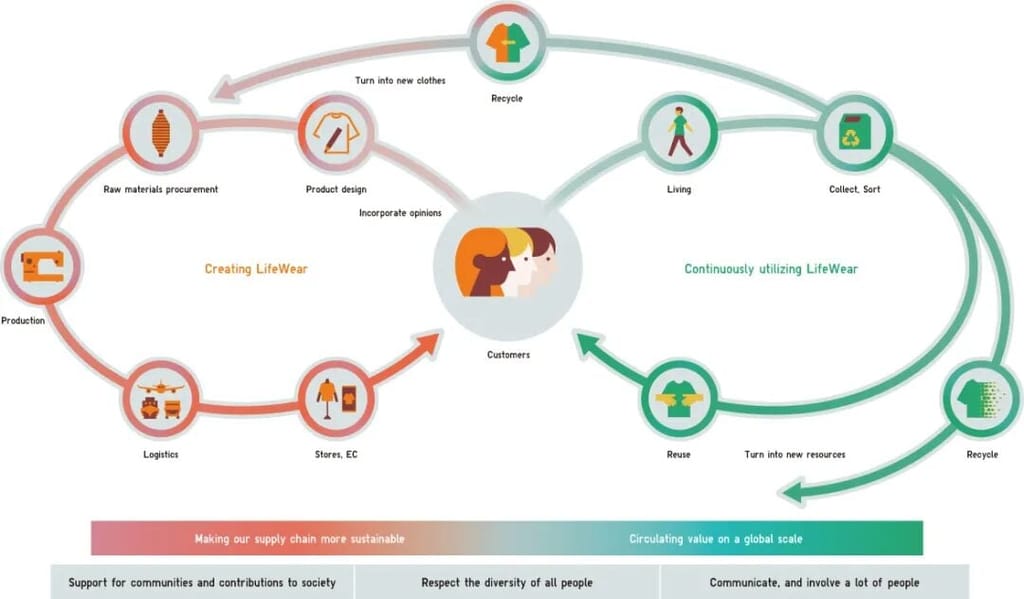
Ultimately, Cui sees sustainability not as a cost but as an opportunity. “This isn’t a zero-sum game,” she insists. “Sustainability doesn’t mean consuming less—it means consuming smarter. The real challenge is to integrate sustainability into business growth rather than treating it as a constraint.”
From Prada’s increasing investments in recycled Re-Nylon to the broader industry pivot toward quality over quantity, the fashion market is embracing “less but better.” The emerging consensus is that sustainability is not just an ethical imperative but a fundamental driver of future business success. As Rosso puts it, “Rather than viewing sustainability as an expense, we should see it as an opportunity to redefine our industry’s future.”





